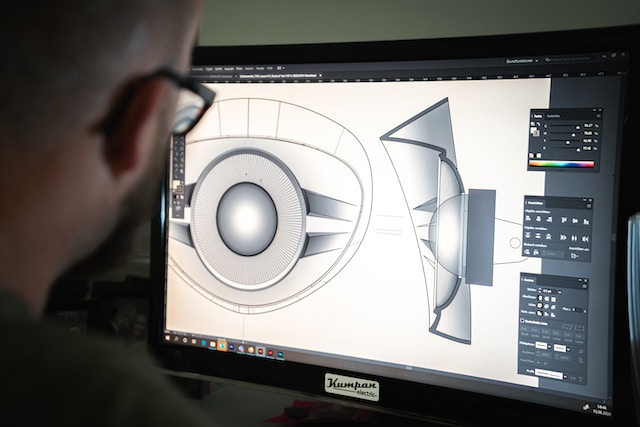CAD (Computer-Aided Design) design services offer expertise in creating detailed and accurate technical drawings, 2D and 3D models, and designs using computer-aided design software. These services are utilized across various industries, including architecture, engineering, manufacturing, product design, etc. CAD design services can provide a wide range of design solutions to meet the specific needs of their clients.
CAD is an indispensable tool for modern engineering. It streamlines the design process and reduces errors and costs. It also allows for rapid prototyping.
Unlike manual drafting, CAD software can handle complex projects. In the past, if you made a mistake in your design, you had to either erase it or redo it completely.
Big data
The term “big data” describes the gathering and examination of vast volumes of digital data. This can improve customer service, enhance product quality, and increase enterprise value.
CAD software programs can help engineers develop more effective solutions by providing detailed drawings and plans for manufacturing products or building structures. These can be as simple as sketches or as complex as 3D models and animations.
Moreover, CAD allows for easy changes and revisions. This is especially useful in a construction project, where the contractor can easily send changes to the entire team. This helps in minimizing work changes and ensures that the final project meets its intended specifications. This is important, as many projects start with requirements that are nothing more than assumptions. Adding real-world data from IoT devices into a CAD model can validate these assumptions and make it more accurate for actual use. Ultimately, this will result in improved products and better design processes.
Artificial Intelligence
CAD software uses vector images that are defined by mathematical coordinates, unlike raster images and physical drawings. This gives CAD a preciseness that can’t be replicated by pencil and paper. If a mistake is made in the design, it’s just a matter of clicking undo and reverting to an earlier file version.
Among the many benefits of CAD, it allows users to create 3D models of structures such as buildings, roads, and bridges. Construction managers can more clearly see the final result and spot possible problems before they become expensive mistakes by using these models.
Various CAD design services include 2D and 3D modeling, drafting, engineering analysis, CAM/CNC programming, and PLM. Other services include mechanism and photo-realistic rendering, stress patterns, and ISO plotting. These services can help companies reduce costs and improve quality. They can also make the design process more streamlined and productive.
Architectural CAD services involve creating detailed building plans, floor plans, elevation drawings, and 3D architectural models. These services are essential for architects, contractors, and real estate developers.
Engineering CAD services focus on designing mechanical, electrical, and structural components. This can include CAD drafting for machine parts, electrical schematics, and structural blueprints.
Virtual Reality
Whether an engineer starts working on an ambitious project to develop new machinery or an architect sits down to sketch the foundation of their city’s next giant skyscraper, chances are they’re using CAD software. This tool, which originated in the 1960s, allows professionals to mock up designs with a higher degree of accuracy than would be possible without technology.
A variety of service providers offer CAD services. Some specialize in creating professional-grade graphic communication documents used by engineers, architects, drafters, machinists, and other tradespeople. Other services include photo-realistic rendering and stress pattern analyses, which use color gradients to display forces in deformable bodies.
Some CAD services can be delivered online so all team members can access drawings/plans at the worksite. This allows quick plan changes that help reduce construction time and potential safety issues. Moreover, CAD-based plans can be compared to equipment in the field to make sure all aspects of the design are correctly implemented and are performing according to specifications.

